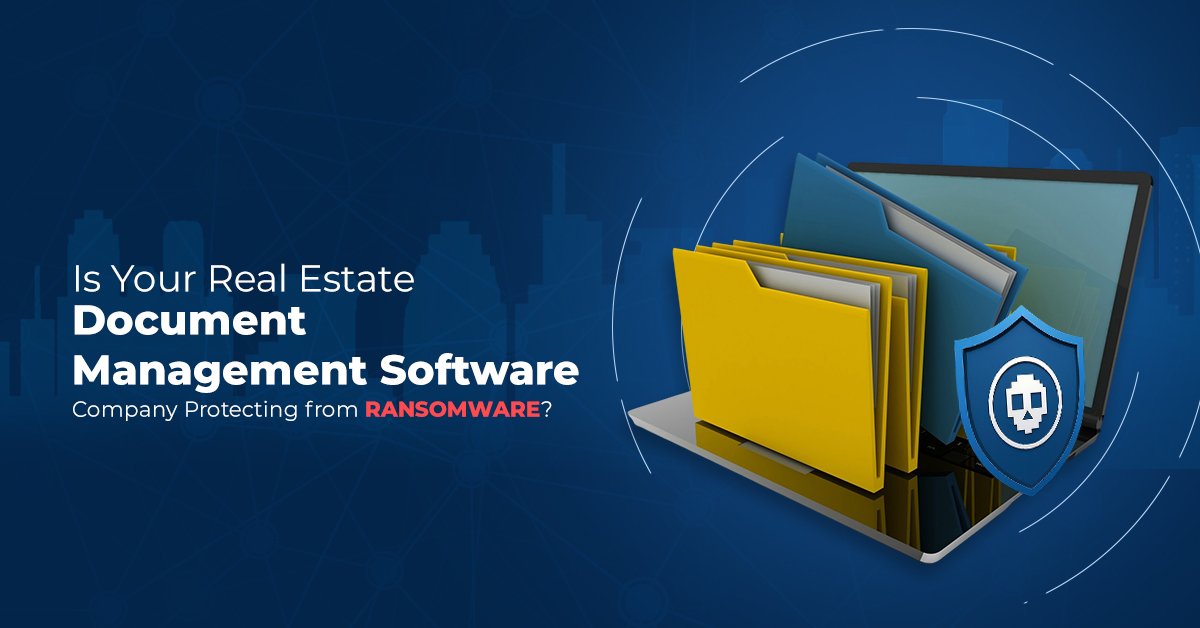Many think “going green” and “paperless office” are fads. Small manufacturing businesses are more skeptical about these concepts. However, these are much more than concepts. It is as essential to create a paper-free environment as it saves you a lot of overhead costs.
What is Manufacturing document management?
Information Management in Manufacturing
Developing and controlling documents for products and production is a crucial aspect of information document management in manufacturing organizations. Managing the creation, versioning, distribution, and security of all the necessary documents for designing, planning, producing, and certifying the end product is only possible with a centralized and reliable solution.
Documentation tools are vital throughout the product lifecycle. Creating and maintaining documents can be costly and complex; in some industries, the documents must comply with strict standards. Properly executed documents can be highly profitable, especially when they support the service business, and they can have a long lifespan, sometimes even surpassing that of the products they describe.
Functionalities of Document Management
A comprehensive PLM solution provides a centralized location where relevant personnel from various departments, such as business, design, manufacturing planning, and production, can create, update, access, share, and use tools to support the creation of design documents. This includes documents like specifications, analysis reports, 2D/3D illustrations, spreadsheets, test results, technical publications, Standard Operating Procedures (SOPs), inspection and quality documents, setup sheets, tool and resource documents, machine instructions/NC programs, Engineering Bill of Materials (BOM), Manufacturing Bill of Materials (BOM), Manufacturing Bill of Process (mBOP), parts lists, and CAD/CAM files.
These documents and technical publications are stored within the same PLM system as other product-related information. Authorized personnel can access up-to-date product information such as Bill of Materials (BOM), parts lists, and 3D geometry and work towards the same milestones. In an integrated PLM environment, product design and documentation remain aligned with product changes, reducing development time and costs while improving document accuracy and effectiveness.
Benefits of Document Management
Manufacturing companies face numerous challenges in their day-to-day operations, including managing a high volume of documentation. Product and production document creation and control are vital to any manufacturing organization’s information management process. Failure to address the designing, versioning, distribution, and security of all the necessary documents can result in reduced efficiency, increased costs, and compliance issues. However, manufacturing companies can realize significant benefits by implementing a comprehensive document management system.
-
Improved Efficiency:
Document management can help manufacturing companies streamline processes by eliminating manual paper-based processes and automating workflows. Automation can minimize errors, reduce manual data entry, and help ensure that the correct document is available to the right person at the right time. By centralizing all documents, employees can access them easily, reducing the time spent searching for critical information.
-
Enhanced Collaboration:
Collaboration is essential to any manufacturing process, and document management systems can make it easier. Document management solutions provide a centralized location for employees to access and edit documents simultaneously. They can also track changes and document versions, making it easy to see who made what changes and when. Collaboration is more efficient when everyone works on the same document version; a document management system makes that possible.
-
Reduced Costs:
Document management can significantly reduce costs by eliminating the need for paper, printing, and manual data entry. It can also reduce labor costs by automating document routing and approval tasks. Document management can also reduce the cost of compliance by ensuring that all documents are up-to-date and in compliance with regulations.
-
Better Decision Making
A document management system provides accurate, up-to-date information to all stakeholders. This can lead to better decision-making, especially regarding production planning and forecasting. When everyone has access to the same information, making informed decisions depending on data and analysis is more accessible.
In conclusion
A paperless office makes efforts to minimize paper-based workflows and to use electronic documents. When you apply these principles to your business process, you will find many small changes that can bring significant results down the line. To sum up, implementing a comprehensive manufacturing document management system is imperative for manufacturing companies seeking to optimize their operations and boost their profitability.
If you are planning to go paperless and choose a digital document management system, choose SFT Dox.










